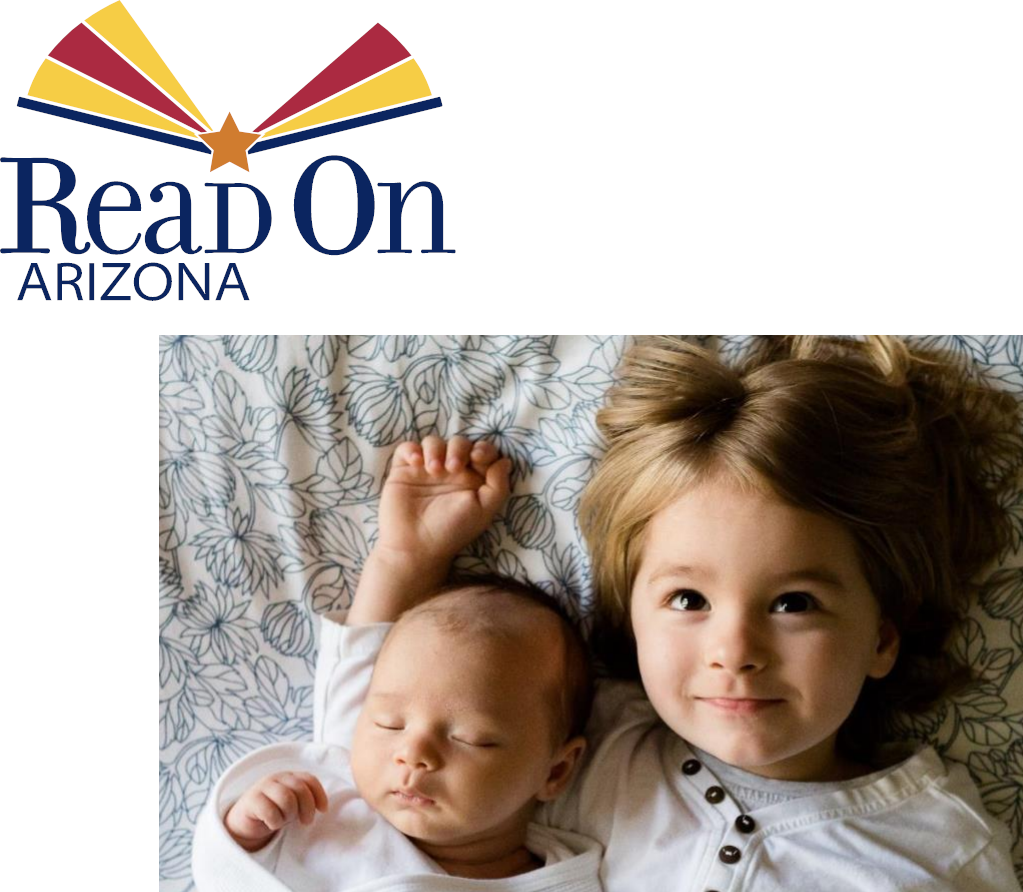Read On Arizona and the Children’s Funding Project partnered with Read On Pima County to create a child/family-centered fiscal map to analyze funding streams for early childhood services and supports in the Tucson area.

In 2022, Read On Arizona and other state early childhood system stakeholders partnered with the Children’s Funding Project to create a statewide Early Childhood Fiscal Map that visualized 66 unique funding streams that supported the state’s early care and education system. This fiscal map, along with its accompanying report, allows ECE stakeholders in Arizona to critically analyze and prioritize funding for much needed supports and services. In addition, the statewide ECE fiscal map served as the first step in Arizona’s strategic public financing.
While understanding funding at the state level is crucial, ECE system partners felt it was also important to understand how state funds flow to the local level and to unpack how local and/or philanthropic contributions play a role in early childhood services and supports. To initiate fiscal mapping at the local level, Read On Arizona and the Children’s Funding Project partnered with Read On Pima County to create a local child/family-centered fiscal map.
A fiscal map looks at the funding landscape at a certain point in time and answers a fundamental question: Who (level of government) invests how much (appropriated/obligated amount of money) and in what (specific age groups, types of services, programs).
This interactive report allows policymakers, partners, and stakeholders in the local early childhood system to visualize and analyze the funding streams that supported early education, child care, and other services for children and families over 2019, 2020, and 2021, including the impact of federal relief dollars and the imbalance of federal and state funding. The main goal of this partnership is to create capacity within Pima County to critically analyze and enhance funding for early childhood services and supports.
The quality and stability of programs that support school readiness and early literacy suffer when they lack consistent funding, adequate wages for providers and staff, and the infrastructure to support training and professional development. Strategic public financing helps communities and states determine the true cost of equitably implementing, maintaining, or expanding quality services for children and families and identifies potential sources to pay for those services. The first step in strategic public financing is to complete a fiscal map.
See the Tucson Early Childhood Fiscal Map below.